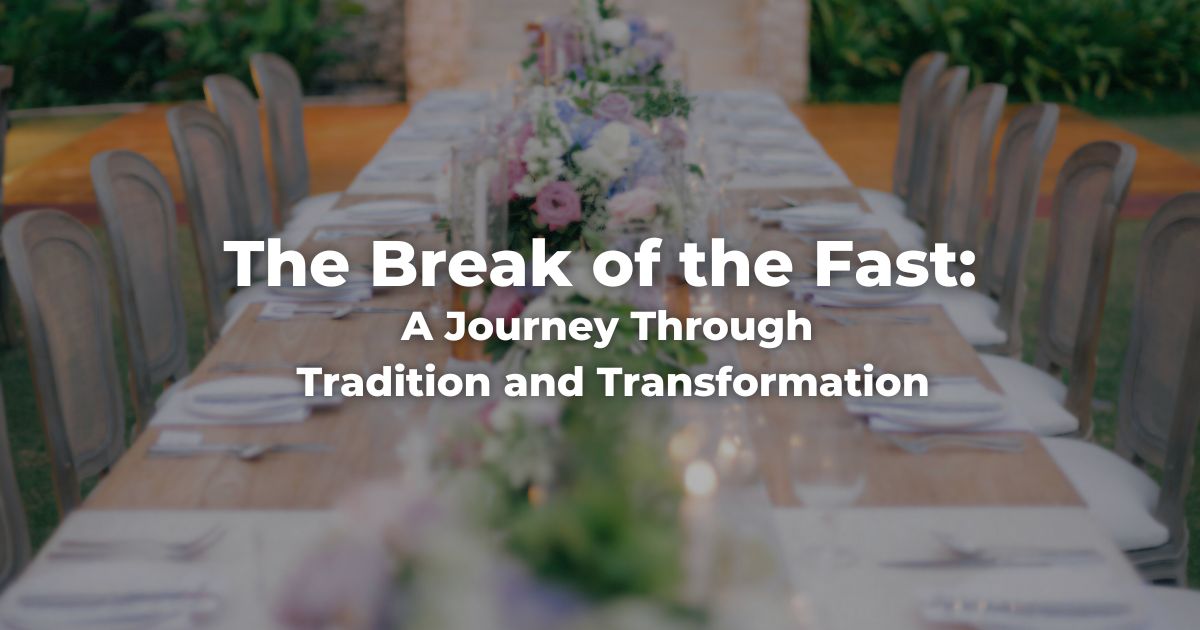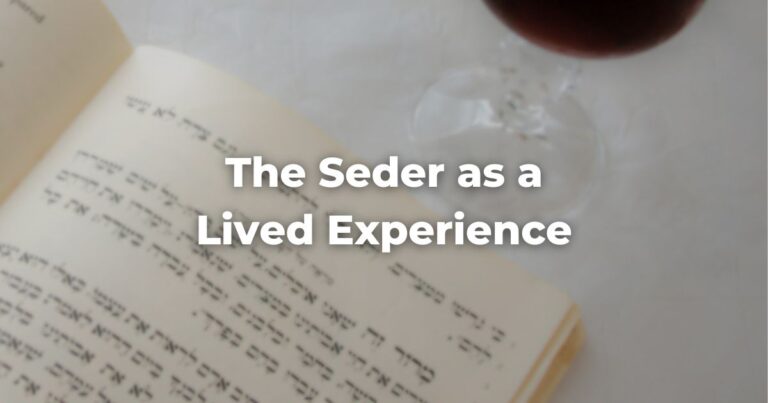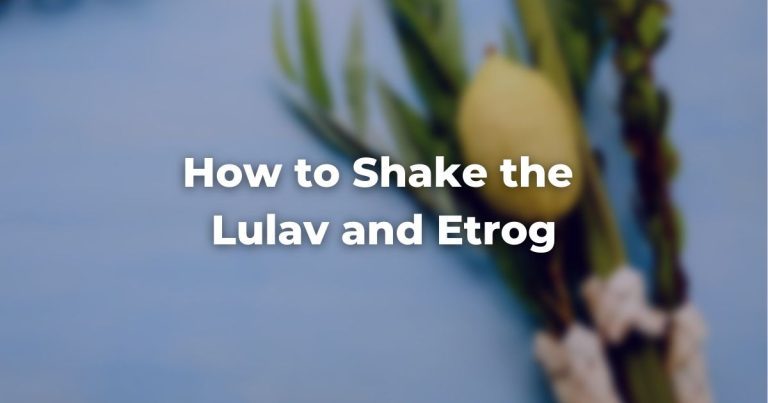My grandmother had a unique way to break her Yom Kippur fast: she would only have a simple cup of tea, sweetened with sugar or honey. She resisted the temptation to indulge in the lavish feast around her, no matter how hungry she felt. For her, a good night’s sleep would provide the strength for a hearty meal the following morning.
While I’ve never managed to follow her example, I can sense the wisdom behind her practice. She was the last link in a family tradition that did not survive the evolving habits of the South American Jewish community, where the post-fast feasts seem to grow larger each year. After moving to Germany and discovering that the break-the-fast feast was not part of local tradition, I began to explore its significance: how did my grandmother’s traditions transition to the lavish feasts of today?
Fast Days in the Jewish Calendar
Jewish life moves between fasting and feasting. Traditionally, fasting periods were often followed by a modest meal, with little emphasis placed on celebration.
Yom Kippur stands out as the most important day of fasting, followed by Tisha B’Av, a day of mourning. While these are the two significant 25-hour fasts, there are also four minor public fast days: the Fast of Gedalia, the 10th of Tevet, 17th of Tamuz, and the Fast of Esther, all of which last only from sunrise to sunset.
Typically, these fast days end in the synagogue, the most sacred space. Dimly lit, the synagogue transforms as children, holding candles, walking to the bimah. Families gather under talitot, wishing to be inscribed in the Book of Life. This solemn moment is often disrupted by the sounds of people opening sweet treats and offering snacks.
Some communities provide small foods to help attendees regain strength before heading home. In one Sephardic synagogue I attended, it was customary to serve bread with olive oil to conclude the service. Among the most cherished Ashkenazi break-fast dishes is kreplach (dumpling) soup, where that quintessential Jewish remedy—chicken broth—becomes a divine experience, especially with the addition of rounded chicken-filled kreplach, symbolizing a healthy and prosperous year. Some may add gefilte fish to represent life, alongside roasted chicken and knishes to enrich the meal. In North America, the break-fast typically features a cold buffet, complete with bagels, lox, cream cheese, white fish, and egg salad.
Some break-fasts subtly remind us that not everyone has fasted: for example, they might prioritize serving food like matzo ball soup to those who have fasted. Many people do not fast for various reasons, including health issues or pregnancy, while others are limited by age—too young or too old to observe the fast.
The American Break-Fast
Traditionally, the break of the fast was designed to be a quiet transition, much like the gradual fading of sorrow and the return of happiness in our lives. Nora L. Rubel, in her article “The Feast at the End of the Fast: The Evolution of an American Jewish Ritual,” describes how American Jews transformed the break-the-fast into a celebration. She writes:
It is, in fact, surprising that the twenty-five hour fast of Yom Kippur would not be directly followed by an elaborate feast. But traditionally—for a variety of economic and cultural factors—immediate post-fast feasting has not been the practice of Ashkenazi (Eastern European) Jews. Feasting did traditionally occur in the form of delayed gratification during the holiday of Sukkot, four days later. However, no longer content to anticlimactically sip a sweet glass of tea and nosh on a dry piece of honey cake left over from Rosh Hashanah, American Jews invented a break fast of their own.
As social and cultural realities evolve, Jewish traditions also adapt. The break of the fast has morphed into a celebratory meal, mainly due to factors like increased integration into non-Jewish society, mixed marriages, and a less observant community. Joan Nathan, in her book Jewish Cooking in America, shares an attendee’s observation from a break-the-fast event in Cincinnati: “Fifty percent of the people were gentiles who came and half of the Jews who came had not been to synagogue. This break-the-fast kept them within the periphery of Jewry.”
After 25 hours of fasting, there’s often a sense of deserving a feast. Yet for many, like my grandmother with her tea, it’s not just about the food; it’s about the joy of coming together as a community, as family, and as friends. The sound of the shofar reverberates, signaling it’s time to gather, and we prepare ourselves for the season—mentally, physically, and spiritually. It becomes a moment for reconciliation, healing old wounds, and reconnecting with friends from long ago. We fast, we feast, and most importantly, we stand together, with rituals adapted to our contexts.
Author
-

Journalist. Msc. in Anthropology. She was a fellow in the first cohort of the Exploring Judaism's Writer's Fellowship. South American Rabbinical Student in Europe. Mother of two fantastic daughters. Love to practice yoga, meditate and to cook for family and friends. Currently doing research on food & identity for Phd on Jewish Theology at Paderborn University, Germany.
View all posts




